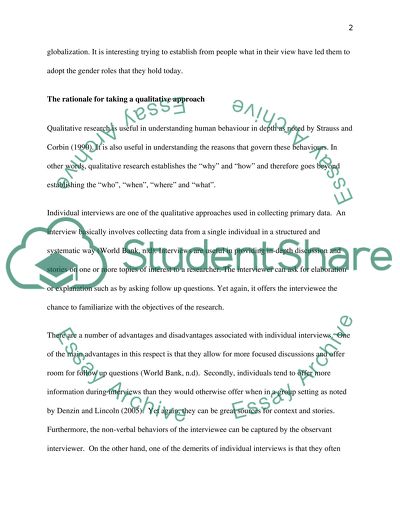Cite this document
(“QUALITATIVE FIELD METHODS: INTERVIEWS AND ETHNOGRAPHY Essay”, n.d.)
Retrieved from https://studentshare.org/sociology/1695686-qualitative-field-methods-interviews-and-ethnography
Retrieved from https://studentshare.org/sociology/1695686-qualitative-field-methods-interviews-and-ethnography
(QUALITATIVE FIELD METHODS: INTERVIEWS AND ETHNOGRAPHY Essay)
https://studentshare.org/sociology/1695686-qualitative-field-methods-interviews-and-ethnography.
https://studentshare.org/sociology/1695686-qualitative-field-methods-interviews-and-ethnography.
“QUALITATIVE FIELD METHODS: INTERVIEWS AND ETHNOGRAPHY Essay”, n.d. https://studentshare.org/sociology/1695686-qualitative-field-methods-interviews-and-ethnography.


